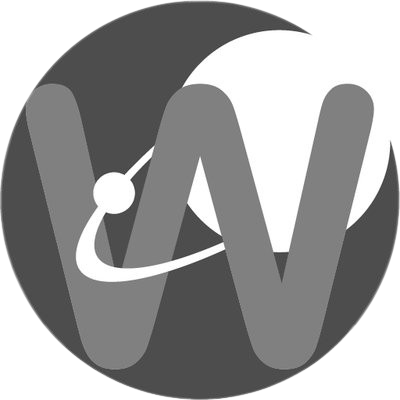
Miana
Posters for Fall 22 and Spring 23
Despite the website being down for half of this academic year, much progress was made on my project this year. Click the icon to read the posters for the WISRD Physiology Group this year, as well as posters from past years.
Journal entries imported from the previous iteration of wisrd.org
MIANA
I am the Program Director of WISRD. This is my third year with the institute, and my final year at Wildwood. While with WISRD, I have worked on engine deconstruction/reconstruction projects, covering physics and math curricula, and worked at the UCLA Plasma Physics Lab through the Los Angeles Physics Teacher Alliance Group (LAPTAG). As of Spring 2017, I am the primary Editor for the WISRD Journal.
Learning Outcomes for the 2016-2017 year:
Over the summer, I began some projects at the plasma lab, which I will continue through the school year. To supplement my research, I need to learn basic E+M concepts and more plasma physics. To this end, I have found various texts which I would like to have covered by the end of the year. I additionally need to spend more time developing my computer programming abilities, primarily in Python, IDL, and possibly C++ for data analysis. Evidence for meeting these learning outcomes will come from my successful completion of the research project I am currently conducting.
I would also like to learn how to use our CNC and 3-D printers.
Current Work (Summer 2016 – Spring 2017):
I am in the process of conducting a research project at the UCLA Plasma Lab, with the goal of publication in a journal. For this reason, public updates on the progress of the paper are not being made.
The research is on the functionality of B-dot probes. B-dot probes are used to measure time-varying magnetic fields in plasmas. They are generally some variety of a magnetic pickup coil, which function by measuring the induced voltage in the coil as described by Faraday’s Law: (V is voltage, n is number of loop, A is area of coil, B is magnetic field). There are many B-dot probe designs that are used with little justification for why one design is better compared to another. The ~7 most common designs are constructed and tested for magnetic field response and electrostatic pickup, with the aim of maximizing the magnetic field response while minimizing electrostatic pickup.
Helpful guide(s):
A Primer on Basic Probe Construction – How to build simple Langmuir and high-frequency B-dot probes. Good information for beginning work with LAPTAG. Good beginning projects for learning basic lab-relevant construction: Primer on Basic Probe Construction
An explanation of citation style for WISRD publications – We use a modified version of Chicago Style: WISRD Citation Style Guide
WISRD Journal formatting – This document contains helpful information (both in content and formatting) for those writing articles for the journal: WISRD Journal Editing and Formatting
Here is a crash course on what you should know if you want to work at the plasma lab. It briefly covers vectors and calculus. It also offers a very simple intro to what a plasma is and an introduction to Maxwell’s equations through light waves: Plasma_Crash_Course
I was the primary editor and contributing author on the 2017 WISRD Journal, which can be found under publications. It is also right here: 2017_WISRD_Journal_Comp_4
This is a copy of the presentation I gave on B-dot Probes at the spring 2017 SCAAPT presentation at Loyola Marymount University: SCAAPT_2017_Spring_Presentation
This is the WISRD Constitution as of early 2017: WISRD Constitution
These are my final sets of [let’s-call-them-reflections]: WISRD_Reflection_Short and WISRD_End_Year_Reflection
